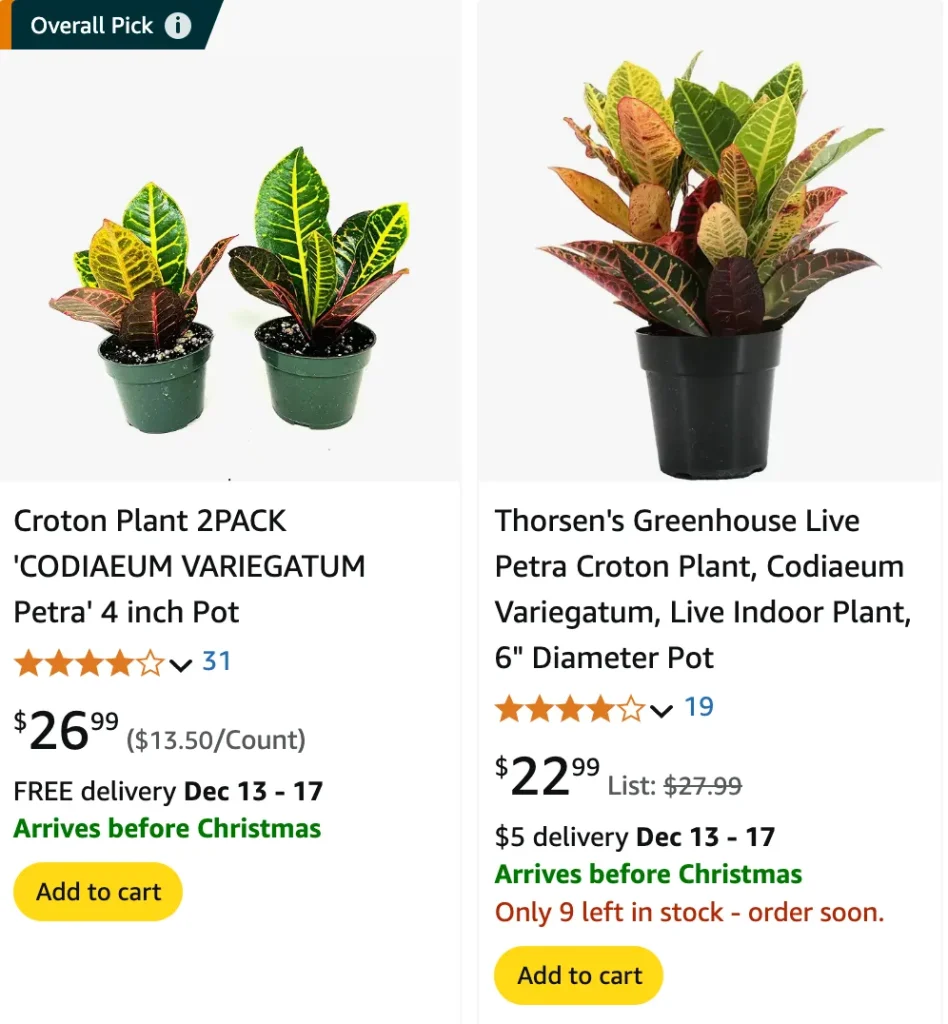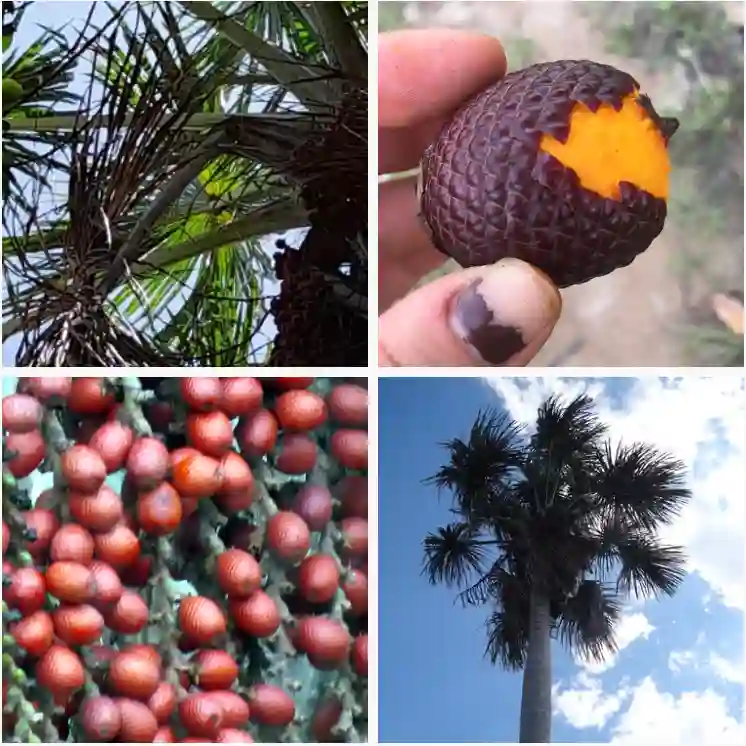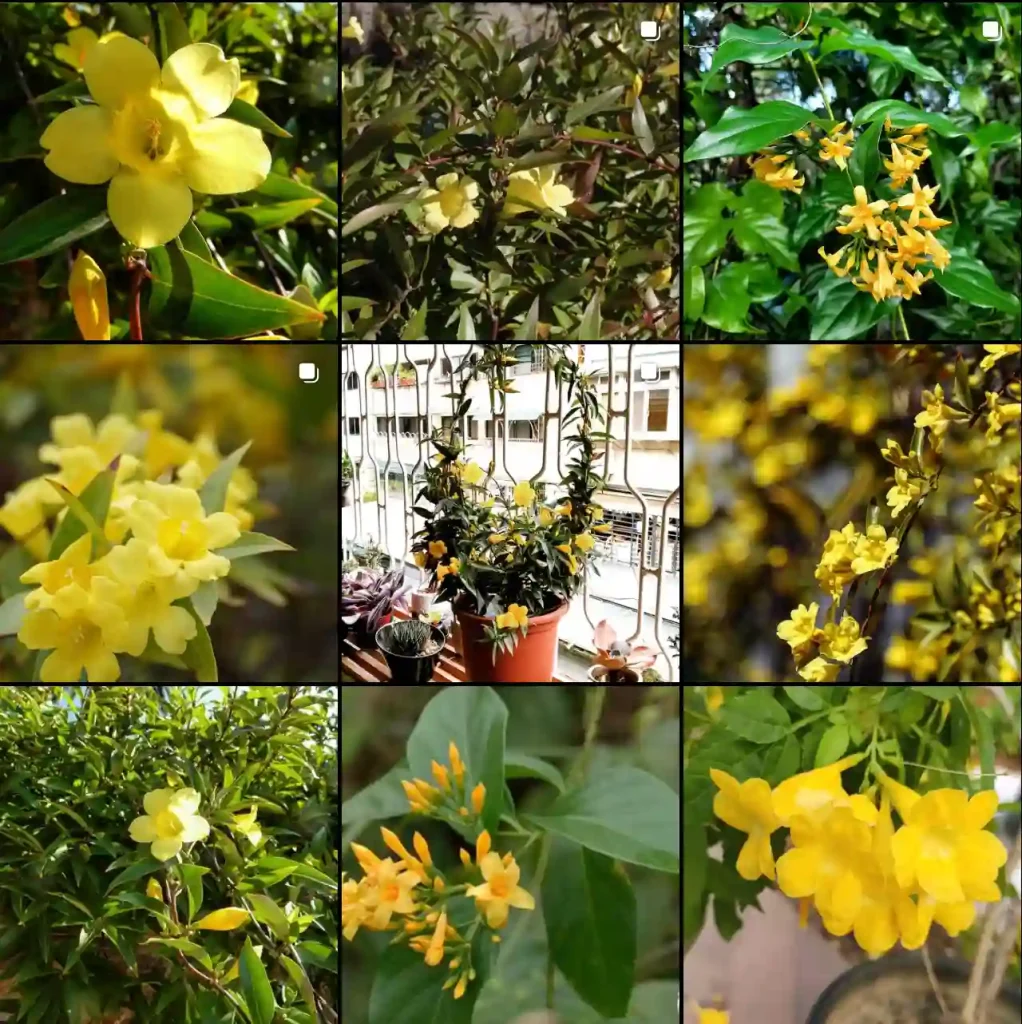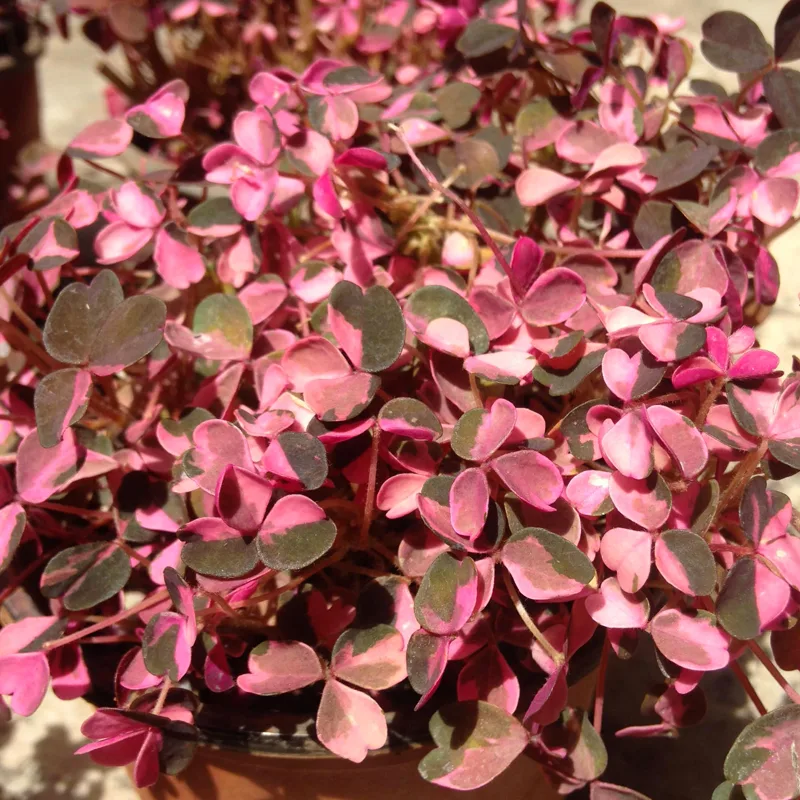
April 30 – Codiaeum
"Codiaeum, the colorful croton, defines April 30."
This vibrant plant symbolizes diversity and boldness. You have a dynamic and multifaceted personality, always surprising and inspiring those around you. Like Codiaeum, you are a celebration of life’s colorful possibilities.
Codiaeum: A Kaleidoscope of Colors
My name is Ferb Vu, and I’ve always been drawn to the vibrant and diverse world of plants. Among my favorites is the genus Codiaeum, more commonly known as crotons. These tropical wonders never cease to amaze me with their dazzling foliage, which explodes in a kaleidoscope of colors and patterns.
Originally from Southeast Asia and Oceania, crotons have become popular houseplants and landscape ornamentals worldwide. Their striking leaves come in a seemingly endless array of shapes and hues, ranging from fiery reds and oranges to sunny yellows and deep greens. Some varieties even boast speckled, striped, or marbled patterns, making each plant a unique work of art.
A Closer Look at Codiaeum
While the common name “croton” is widely used, it’s important to remember that these plants belong to the genus Codiaeum. This distinction helps avoid confusion with other plant groups that also share the “croton” moniker.
The genus Codiaeum falls under the family Euphorbiaceae, which is known for its diverse array of plants, including the poinsettia and the rubber tree. Like many members of this family, crotons produce a milky sap that can be irritating to the skin and eyes. So, it’s always a good idea to wear gloves when handling these plants.
Species within the Genus
Although Codiaeum variegatum is the most widely cultivated species, the genus encompasses several others, each with its unique characteristics:
- Codiaeum affine Merr.
- Codiaeum bractiferum (Roxb.) Merr.
- Codiaeum ciliatum Merr.
- Codiaeum finisterrae Pax & K.Hoffm.
- Codiaeum hirsutum Merr.
- Codiaeum ludovicianum Airy Shaw
- Codiaeum luzonicum Merr.
- Codiaeum macgregorii Merr.
- Codiaeum megalanthum Merr.
- Codiaeum membranaceum S.Moore
- Codiaeum oligogynum McPherson
- Codiaeum palawanense Elmer
- Codiaeum peltatum (Labill.) P.S.Green
- Codiaeum stellingianum Warb.
- Codiaeum tenerifolium Airy Shaw
- Codiaeum trichocalyx Merr.
- Codiaeum variegatum (L.) Rumph. ex A.Juss. Plant FAQs: Codiaeum Variegatum – The Croton Plant
The Versatility of Crotons
One of the things I admire most about crotons is their adaptability. While they thrive in tropical climates, they can also be grown indoors in cooler regions. They make excellent houseplants, adding a touch of the tropics to any home. Their vibrant foliage can brighten up a dull corner, and their compact size makes them suitable for even small spaces.
In warmer climates, crotons can be used as landscape plants, adding a splash of color to gardens and borders. Their tolerance for full sun and partial shade makes them versatile additions to any landscape design. Whether planted in groups or as standalone specimens, crotons are sure to make a bold statement.
Caring for Crotons
Crotons are relatively low-maintenance plants, but they do have some specific needs. They prefer bright, indirect light and well-draining soil. Overwatering can lead to root rot, so it’s important to allow the soil to dry out slightly between waterings. Crotons also benefit from regular fertilization, especially during the growing season.
One of the challenges of growing crotons is maintaining their vibrant colors. To ensure optimal coloration, provide them with ample light and humidity. If the leaves start to lose their vibrancy, it could be a sign that the plant needs more light or a more humid environment.
The Allure of Crotons
For me, crotons represent the beauty and diversity of the natural world. Their vibrant colors and patterns are a constant source of inspiration, reminding me of the endless possibilities that exist in nature. Whether I’m admiring a croton in my home or encountering one in a botanical garden, I’m always captivated by its unique charm.
In a world that often feels chaotic and unpredictable, crotons offer a sense of stability and tranquility. Their vibrant foliage brings joy and energy to any space, creating a sense of peace and harmony. As I continue to explore the world of plants, I know that crotons will always hold a special place in my heart.
If i die, water my plants!



